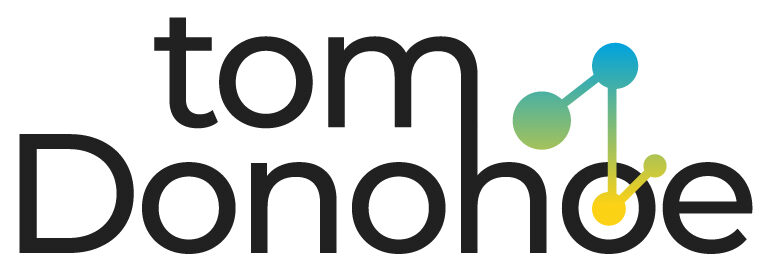DIGITAL MARKETING IN SPANISH

Digital marketing has become an indispensable tool for businesses worldwide, facilitating outreach, engagement, and sales in ways traditional methods cannot match. As companies expand globally, the need to adapt marketing strategies to specific regions and languages becomes increasingly vital. In this article, we delve into the realm of Digital Marketing in Spanish and explore its nuances, challenges, and strategies for success.
Introduction to Digital Marketing
In the vast landscape of digital marketing, reaching Spanish-speaking audiences presents both challenges and opportunities. Understanding the cultural context, language preferences, and online behaviors is crucial for effective engagement. The evolution of digital marketing has reshaped how brands connect with consumers, and the Spanish-speaking market is no exception.
Understanding Digital Marketing in Spanish
Spanish is the second most spoken language globally, with a significant presence in both Europe and the Americas. To effectively market to Spanish-speaking audiences, businesses must tailor their approaches to resonate with the diverse cultures and preferences within these regions. Whether targeting consumers in Spain, Latin America, or the United States, recognizing cultural nuances is key to success.
Key Components of Digital Marketing in Spanish
Localization is fundamental in digital marketing for Spanish audiences. This includes translating website content, adapting imagery, and customizing messaging to align with cultural sensitivities and language nuances. Social media plays a pivotal role, with platforms like Facebook, Instagram, and Twitter offering opportunities for targeted engagement in Spanish-speaking regions.
SEO Strategies for Spanish Markets
Search engine optimization (SEO) is paramount for visibility in Spanish search engines. Conducting thorough keyword research in Spanish is essential for optimizing content and improving rankings. Tailoring metadata, alt tags, and URLs to Spanish keywords enhances discoverability and relevance for Spanish-speaking users.
Paid Advertising in Spanish
Paid advertising platforms such as Google Ads and Facebook Ads provide robust tools for targeting Spanish-speaking audiences. Crafting compelling ad copy in Spanish and utilizing audience segmentation based on language and demographics maximizes ad effectiveness and return on investment.
Email Marketing and Content Creation
Email marketing remains a potent tool for nurturing leads and fostering customer relationships. Crafting personalized emails in Spanish increases engagement and builds trust with Spanish-speaking subscribers. Additionally, creating culturally relevant content that resonates with Spanish audiences encourages brand loyalty and affinity.
Measuring Success in Spanish Digital Marketing
Analyzing key performance indicators (KPIs) tailored to Spanish campaigns is essential for gauging success and refining strategies. Metrics such as website traffic, engagement rates, conversion rates, and customer feedback provide valuable insights into the effectiveness of Spanish digital marketing efforts.
Challenges and Opportunities
Navigating the complexities of language and culture presents challenges for marketers operating in Spanish-speaking markets. However, embracing these challenges as opportunities for growth and innovation can set businesses apart from competitors. By prioritizing cultural authenticity and linguistic fluency, brands can forge meaningful connections with Spanish-speaking consumers.
Case Studies of Successful Spanish Digital Marketing Campaigns
Examining case studies of successful digital marketing campaigns in Spanish sheds light on effective strategies and best practices. From multinational corporations to local businesses, examples abound of brands that have leveraged cultural insights and linguistic precision to achieve remarkable results in Spanish-speaking markets.
Future Trends in Spanish Digital Marketing
As technology continues to evolve, so too will the landscape of digital marketing in Spanish. Innovations such as artificial intelligence, augmented reality, and voice search present new opportunities for engaging Spanish-speaking audiences. Adapting to these trends and staying abreast of emerging consumer preferences will be integral to sustained success in Spanish digital marketing.
Conclusion
In conclusion, digital marketing in Spanish is not merely a matter of translation; it is about understanding and embracing the diverse cultures and preferences of Spanish-speaking audiences. By prioritizing localization, cultural relevance, and linguistic authenticity, businesses can forge meaningful connections and drive impactful results in Spanish-speaking markets.





